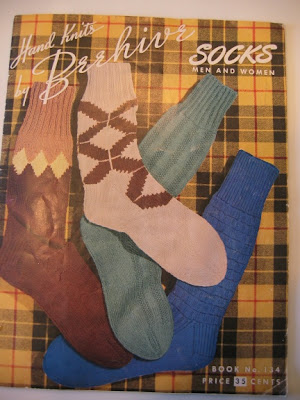This past weekend was an exercise in lace relations. Master Hand Knitting Level I, with one exception, had specific instructions for exactly what and how to knit each swatch. In Level II, there is more latitude, which is really nice. There are three lace swatches required, and for each of them there are some specific parameters: 1" seed stitch border top and bottom, and 5 st seed stitch edges right and left. Also, a maximum size of 7"x7". There must be at least 2 multiples and 3 repeats of the pattern in the swatch. The patterns, though, are up to me.
I flipped through my only Barbara Walker Treasury (the 2nd Treasury) and found three or four candidates. I ran into a snag right away with the first one, which is the
Starlight Lace pattern, on page 288. Actually, there were several snags. First, the directions are written out rather than charted, and I have come to love charts. Out came the graph paper. Second, there are two rows where the stitch count goes down quite a bit, which makes charting slightly more challenging, because you have to place the black "no stitch" squares where they make the most sense so the chart reflects the actual knitted pattern as much as possible. Third, there seemed to be a minor typo in one of those decrease-heavy rows:
Row 6--K2, k2 tog, *yo, sl2-k1-p2sso, sl 1-k2tog-psso; rep from *, end yo, sl 2-k1,p2sso, yo, ssk, k2
This pattern is worked over a multiple of 6 sts plus 5, so clearly (well, maybe not clearly at
first) there is a problem with the part that says "end yo, sl 2..." What I eventually figured out was that the last part, excluding the k2 at the very end was how the
last multiple was to be worked. That is, for the last multiple, instead of the centered double decrease, I was supposed to work an ssk.
The instructions
should have said:
Row 6--K2, k2 tog, *yo, sl2-k1-p2sso, sl 1-k2tog-psso; rep from *, end last repeat ssk instead of sl 2-k1-p2sso; k2
Which brings me to the fourth snag: how do I chart that last repeat?
A Google search eventually landed me at
Sticks-or-Nothing where the wonderful blogger there has a Reference Shelf of tutorials on various knitting techniques, including how to chart knitting patterns in a series of six tutorials. (Warning: these pages take a loonnnnggg time to load, but they're worth it.) The final charting tutorial includes a examples of how to convert patterns to charts, and how to deal with some particularly complex patterns, such as those with varying stitch counts, unusual repeats, etc. Her specific example was for the
Starlight Lace pattern, so not only did I learn how to deal with this stuff, I had a step-by-step tutorial on how to go about handling the exact pattern I was having problems with. Cool.
First, though, I decided to knit an easy lace swatch: Flame Chevron, from the 2nd Treasury, p 276.

I nearly hit the 7"x7" swatch size limit on this one. It's tricky to find something interesting to knit, while making sure to have at least three multiples and two repeats but not going over the size limits, except aaaaaaaarrrrrghhh! It's supposed to be at least two multiples and
three repeats, which means I can't use this one, because I can't do another repeat and keep the swatch under 7". Ah well, I can still donate the picture to the
Walker Treasury Project, so that's something.
Monday I headed to
Needlework Unlimited to buy laceweight yarn and Walker's first Treasury of Knitting Patterns. I figured if I used skinnier yarn, I'd have more pattern selection flexibility. The problem is, it turns out I can't frigging knit with laceweight yarn. Sigh. So I picked some new patterns:
 Vertical Lace Trellis
Vertical Lace Trellis, from the first Treasury, p. 191. Worked over an odd number of stitches and a 4-row repeat, so easy to fit within the MK II swatch parameters. I used KnitPicks Bare 100% merino fingering for this. I like it.
I also knit this:

Star Rib Mesh, also from the first Treasury, page 196. I'm not crazy about the vertical line up of my central double decreases and alternate knit stitches, and I think this would look better in laceweight. I may knit this one again. First, I'll knit a few other patterns to see if I like something else better.
Knitting group is this morning, and it's a sunny, beautiful day. What could be better?
































